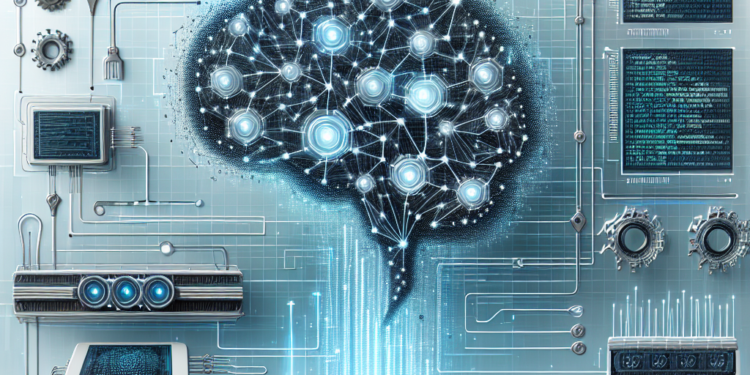Artificial intelligence (AI) has become increasingly popular in recent years, with applications ranging from self-driving cars to personalized medicine. Deep learning, a subset of AI, has gained particular attention due to its ability to analyze large amounts of data and make complex decisions. Advanced AI tools for deep learning are continually being developed, paving the way for new and innovative applications of this technology. In this article, we will explore some of the most advanced AI tools for deep learning and how they are revolutionizing various industries.
One of the most popular deep learning frameworks is TensorFlow, developed by Google. TensorFlow allows developers to build and deploy machine learning models at scale, making it a powerful tool for a wide range of applications. TensorFlow is known for its flexibility and ease of use, enabling developers to create complex neural networks with just a few lines of code. One of the key features of TensorFlow is its support for distributed computing, allowing models to run on multiple machines simultaneously for faster training and more accurate results.
Another advanced AI tool for deep learning is PyTorch, developed by Facebook. PyTorch is a popular choice among researchers and developers due to its dynamic computation graph, which allows for more flexibility and efficiency in building deep learning models. PyTorch also includes a wide range of pre-trained models and libraries, making it easy for developers to get started with deep learning. Additionally, PyTorch has a strong community of users who contribute to its development and offer support to newcomers.
One of the challenges of deep learning is handling large datasets and training models efficiently. This is where tools like Apache Spark come into play. Apache Spark is a unified analytics engine that allows developers to process large amounts of data in parallel on a cluster of machines. Spark includes a deep learning library called Spark MLlib, which provides tools for building and training deep learning models at scale. Spark MLlib also supports popular deep learning frameworks like TensorFlow and PyTorch, making it easy for developers to integrate with their existing workflows.
In addition to deep learning frameworks, there are also advanced AI tools for model interpretation and visualization. One such tool is TensorBoard, a visualization tool that allows developers to monitor and debug their deep learning models in real-time. TensorBoard provides a range of visualization tools, including histograms, image embeddings, and confusion matrices, making it easy to understand how neural networks are making decisions. TensorBoard also supports interactive widgets that allow users to explore their models in more detail and identify potential areas for improvement.
Another important aspect of deep learning is model deployment and inference. Tools like TensorFlow Serving and TensorFlow Lite are designed to help developers deploy their deep learning models in production environments. TensorFlow Serving is a flexible, high-performance serving system that allows models to be served over a network with low latency and high throughput. TensorFlow Lite, on the other hand, is a lightweight framework for deploying models on edge devices like mobile phones and IoT devices. Both of these tools make it easy for developers to take their deep learning models from the lab to the real world.
One of the most exciting advancements in deep learning is the development of generative adversarial networks (GANs). GANs are a type of neural network that can generate new data samples that are indistinguishable from real data. This technology has been used to create realistic images, audio, and even text, opening up new possibilities for creative applications of deep learning. Tools like NVIDIA’s StyleGAN and OpenAI’s GPT-3 are examples of advanced AI tools that leverage GANs to create realistic and interactive content.
As deep learning continues to evolve, so too do the tools and technologies that support it. Advanced AI tools for deep learning are constantly being developed and improved, enabling researchers and developers to push the boundaries of what is possible with machine learning. From powerful deep learning frameworks like TensorFlow and PyTorch to innovative tools for model interpretation and deployment, the field of deep learning is advancing at a rapid pace. With these advanced AI tools at their disposal, developers can continue to create new and exciting applications of deep learning that have the potential to transform industries and improve the way we live and work.













